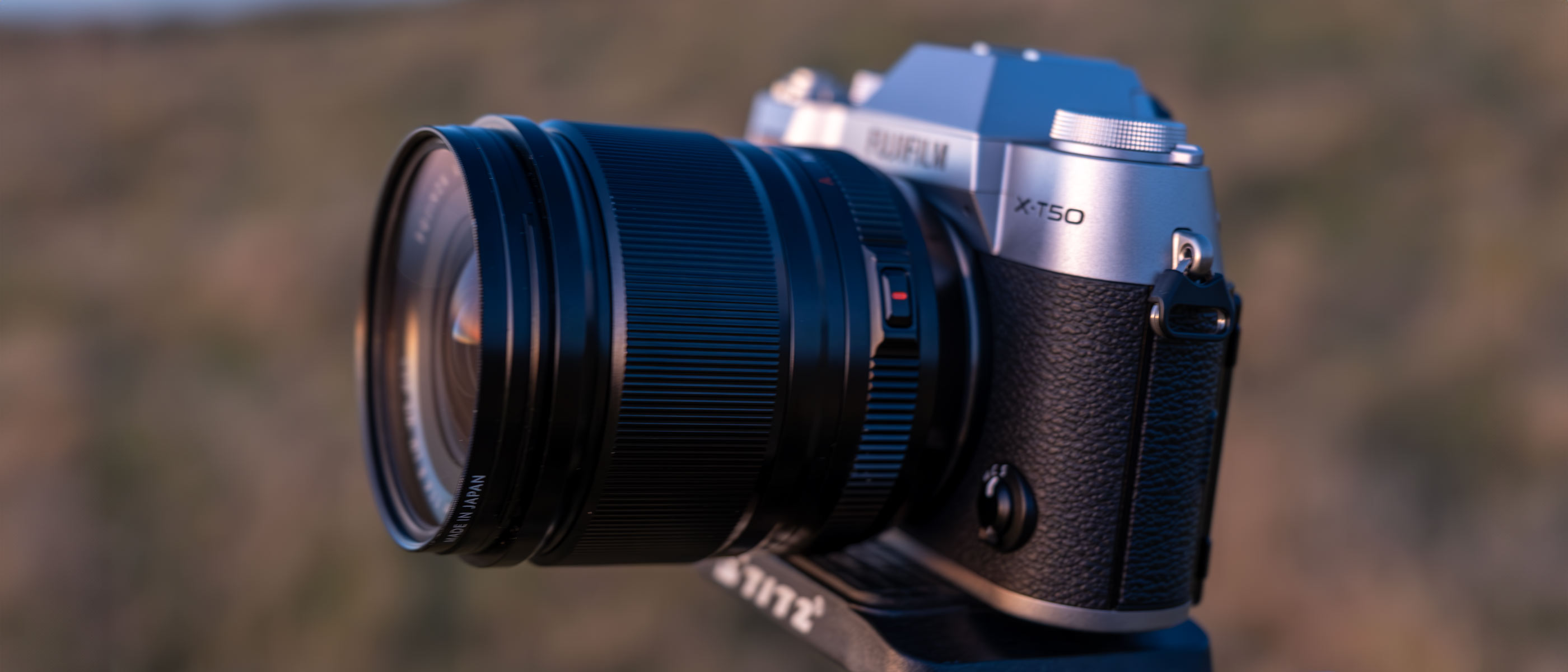5 most realistic space movies
These are the most scientifically accurate space movies we've seen - you won't find Armageddon anywhere near this list.
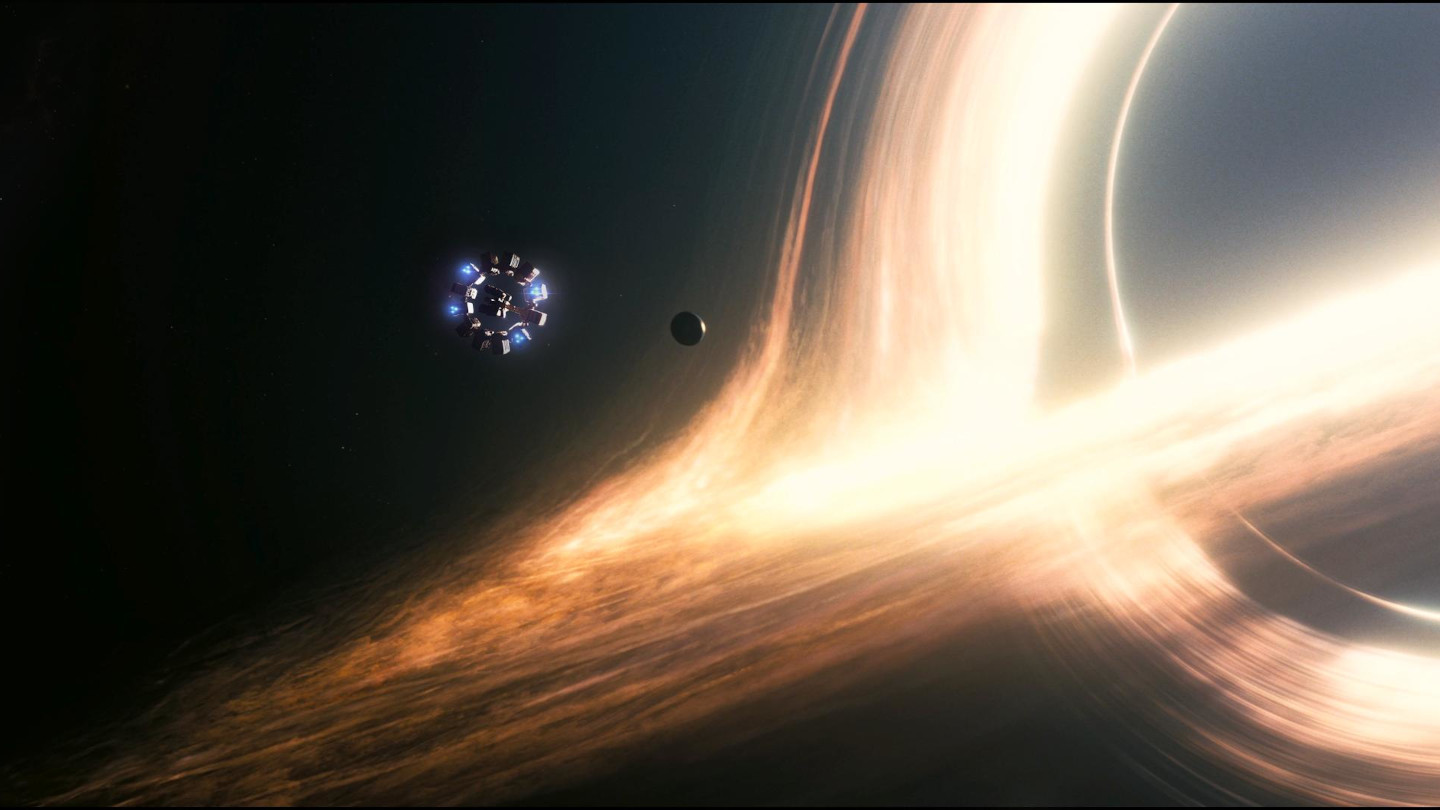
Put away your warp drives and get out of here with your midi-chlorians, because we're running down our list of the top 5 most realistic space movies.
Hollywood doesn’t have a great reputation when it comes to scientific accuracy, and that’s okay. A movie’s primary function should be to entertain by telling a gripping story, not to be a big screen textbook.
Of course, when science is ignored to such a degree that a film becomes laughably unbelievable, then it becomes a problem. To list those movies would likely fill the entire internet, as pulp fiction spaceships zip from one galaxy to another in the space of a day, and lasers shoot glowing bullet-like projectiles at suspiciously humanoid aliens.
So, let’s celebrate the films that get it right, the movies that manage to spin a good yarn without abandoning scientific reality. Here are our top five realistic space movies.
5. Deep Impact
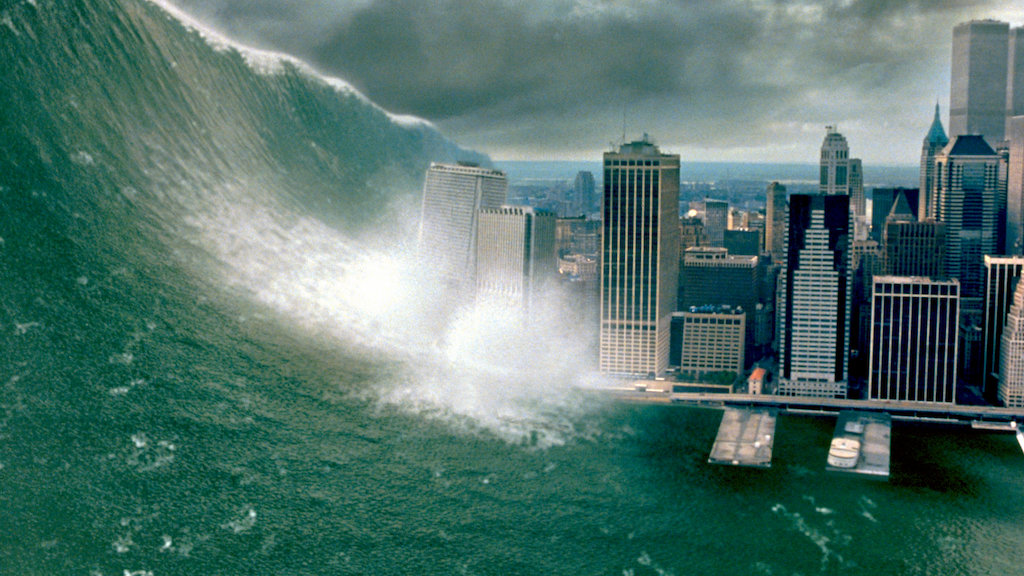
- Release date: May 8, 1998
- Director: Mimi Leder
- Cast: Robert Duvall, Téa Leoni, and Elijah Wood
Disaster movies rarely trouble themselves with scientific accuracy, correctly assuming most audiences want to see that attractive all-star cast surviving fireballs by the skin of their teeth. That makes Deep Impact’s level of authentic detail all the more impressive. While it definitely stretches the truth in pursuit of spectacular effects sequences, unlike its rival ’98 asteroid flick, Michael Bay’s bombastic Armageddon, Deep Impact is a far more sober and realistic depiction of what an extinction-level event would actually look like.
A teen amateur astronomer (Elijah Wood) detects an errant comet on a collision course with Earth, and soon the U.S. president (an appropriately stately Morgan Freeman) is conferring with his experts to see what can be done. The answer: not much. Unlike Armageddon’s save-the-world cheerleading, an attempt to destroy Deep Impact’s comet fails spectacularly and the film becomes more about how we cope with disaster than how we avert it.
The movie’s science regarding the comet is pretty solid, and it doesn’t over exaggerate the threat for the sake of glossy action scenes. The impact scenes are broadly true to what impacts of that size would actually do to the planet’s atmosphere, oceans, and cities, even if seeing Frodo outrunning a tsunami on a motorbike is a step too far. It’s a film that didn’t need to be even remotely realistic, so the efforts it makes in that department are all the more welcome.
4. Interstellar
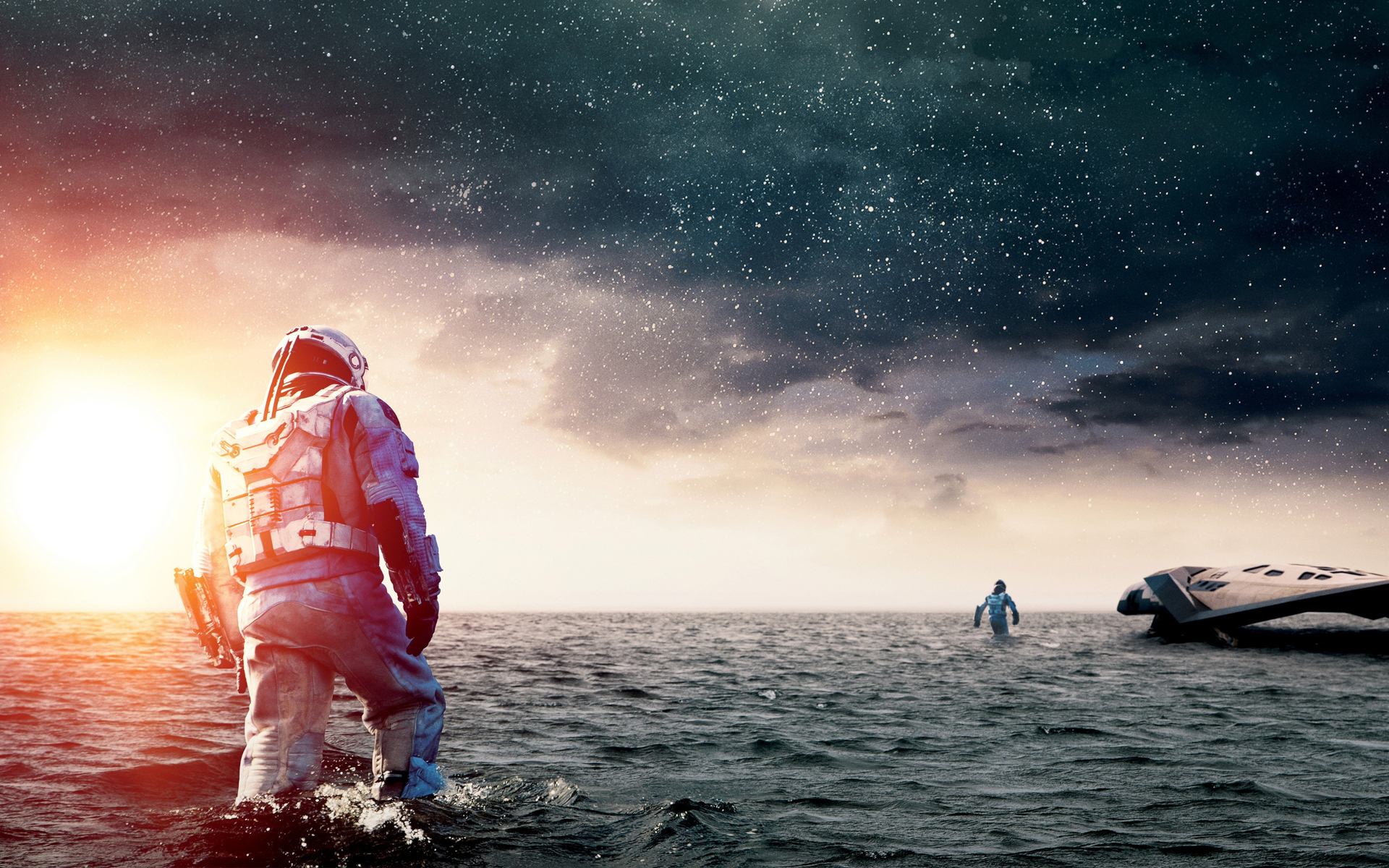
- Release date: November 7, 2014
- Director: Christopher Nolan
- Cast: Matthew McConaughey, Anne Hathaway, and Jessica Chastain
The search for an alternative home for humanity has been the basis of many a sci-fi story, but few have been as evocative – or as grounded in theoretical physics – as Christopher Nolan’s quantum melodrama, Interstellar.
Matthew McConaughey stars as Joe Cooper, a melancholy former astronaut who is scratching out a living as a farmer on a near-future Earth rapidly turning into an arid dust bowl. His retirement is brought to an end as he's recruited for an experimental deep, deep space mission to locate new habitable planets through a wormhole.
Though much of what it depicts is purely theoretical, such as the mind-bending finale built around the time-warping effects of wormholes, Nolan went out of his way to make sure that he was at least working from real scientific theories.
For the film’s visually disorientating representations of what it would look like to travel past the event horizon of a wormhole, Nolan turned to Nobel Prize winning physicist Kip Thorne, who put together equations that the computer effects team then used to generate their dizzying spacetime distortions. Until we find a way to actually travel past lightspeed, we’re not going to know how accurate those effects really were, but by using cutting-edge astrophysics as his basis rather than just what looked cool, Nolan was already ahead of the sci fi herd.
Credit, too, for using the time dilation inherent in Einstein’s theory of relativity to not only advance the plot, but to underscore the painful human drama. In one particularly heartbreaking scene, McConaughey breaks down in tears as he watches decades of saved video messages from his son, knowing that although he is only months away from Earth from his perspective, his child has grown old and will die long before he can return home. This is a potent and moving illustration of the sacrifices that deep space travel will involve.
3. Contact
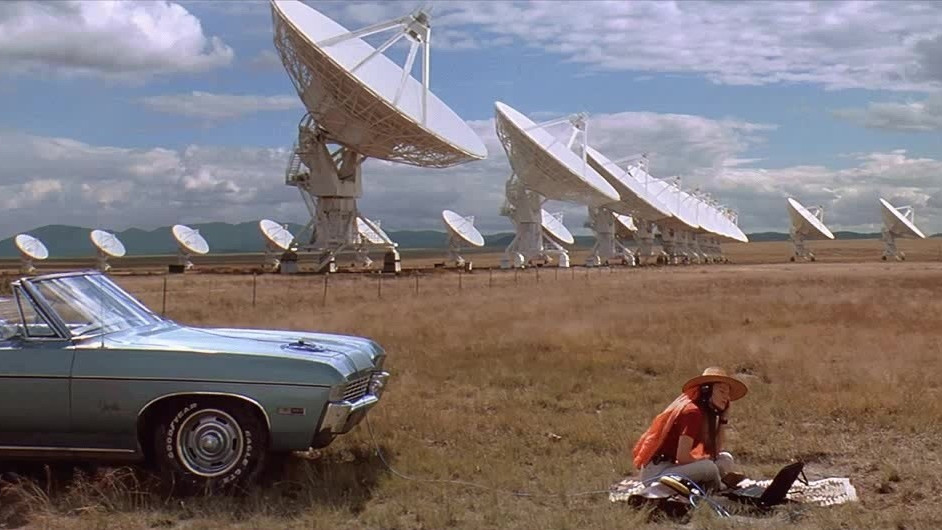
- Release date: July 11, 1997
- Director: Robert Zemeckis
- Cast: Jodie Foster, Matthew McConaughey, and Tom Skerritt
Much like Interstellar, Contact uses a bedrock of hard science on which to build an emotional and spiritual drama. In this case, it’s the SETI program – the Search for Extra-Terrestrial Intelligence. It’s an area that has inspired some frankly laughable movies over the years (The Arrival, in which Charlie Sheen battles chicken-legged alien invaders being a good example), but Contact takes the endeavor completely seriously.
That’s not surprising considering it was written by none other than Carl Sagan, whose book The Demon-Haunted World is still one of the great touchstones of rational scientific writing. Sagan first pitched his story of an astronomer who becomes the first human to converse with alien life way back in 1979, but it took almost twenty years to come to fruition with Jodie Foster in the lead role of Dr. Ellie Arroway, combing the skies for radio signals as a way of coping with the death of her father.
It’s the way that SETI is portrayed that earns it a place on our list. For one thing, Sagan takes care to not only work out what might have prompted a distant star system to reach out to us – Hitler’s speech from the 1936 Olympics, the first broadcast signal powerful enough to leave Earth and have time to reach a distant star and get a reply. But the nature of that reply is also grounded in the plausible, with the aliens using the value of hydrogen’s atomic weight multiplied by Pi to reveal the frequency to receive a pattern of repeating prime numbers, all mathematical elements that would identify a signal as intelligent in origin.
Things admittedly take a complex turn once Ellie is using wormhole machines to make psychic first contact, but by paving the way using concrete theory and making the realignment of telescopes a pivotal dramatic twist, Sagan earns his emotional payoff without letting go of reality.
2. Apollo 13
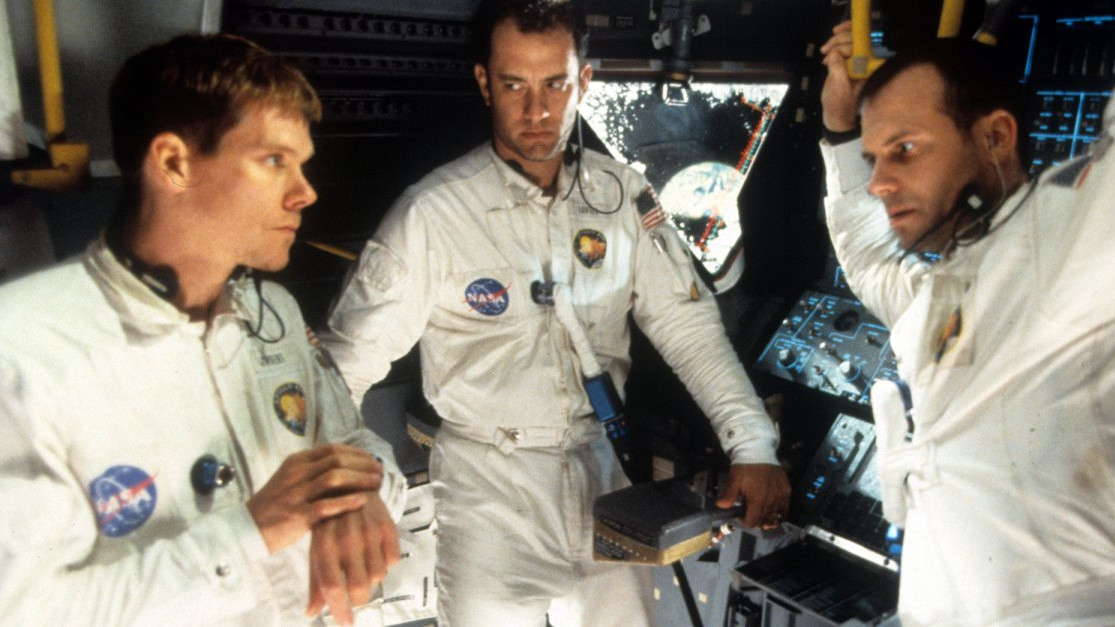
- Release date: June 30, 1995
- Director: Ron Howard
- Cast: Tom Hanks, Bill Paxton, and Kevin Bacon
While the likes of Interstellar and Contact take their cue from theoretical deep space physics, Ron Howard needed no such leaps for his 1995 hit, Apollo 13. He had real life to draw from, in the shape of NASA’s ill-fated third moon-shot mission from 1970. When an oxygen tank failed two days into the mission the moon landing was aborted, and all attention turned to getting astronauts Jim Lovell, Jack Swigert, and Fred Haise home safely as their life support systems shut down.
In the movie that trio was played by Tom Hanks, Kevin Bacon, and Bill Paxton, with Ed Harris as their flight commander on the ground, and Gary Sinise as Ken Mattingly, who was forced to drop out of the flight due to illness and instead helps bring his colleagues back to Earth.
The film is tight, claustrophobic, and brings its scientific focus right down to a granular level. The core of the film is basically an intricate engineering problem, which gets solved through trial and error against a life-or-death deadline as re-entry approaches. Most impressive is how the movie goes out of its way to illustrate just how barebones those early spaceflights really were, with the amps needed to restart their command module systems reliant on even a single light bulb being unscrewed.
The dashboard of the average second-hand car today is magnitudes more powerful than a vehicle that actually ferried humans into space and back. And, by dramatizing that remarkable truth in human terms, Howard gave us one of the purest depictions of applied science in cinema history.
1. The Martian
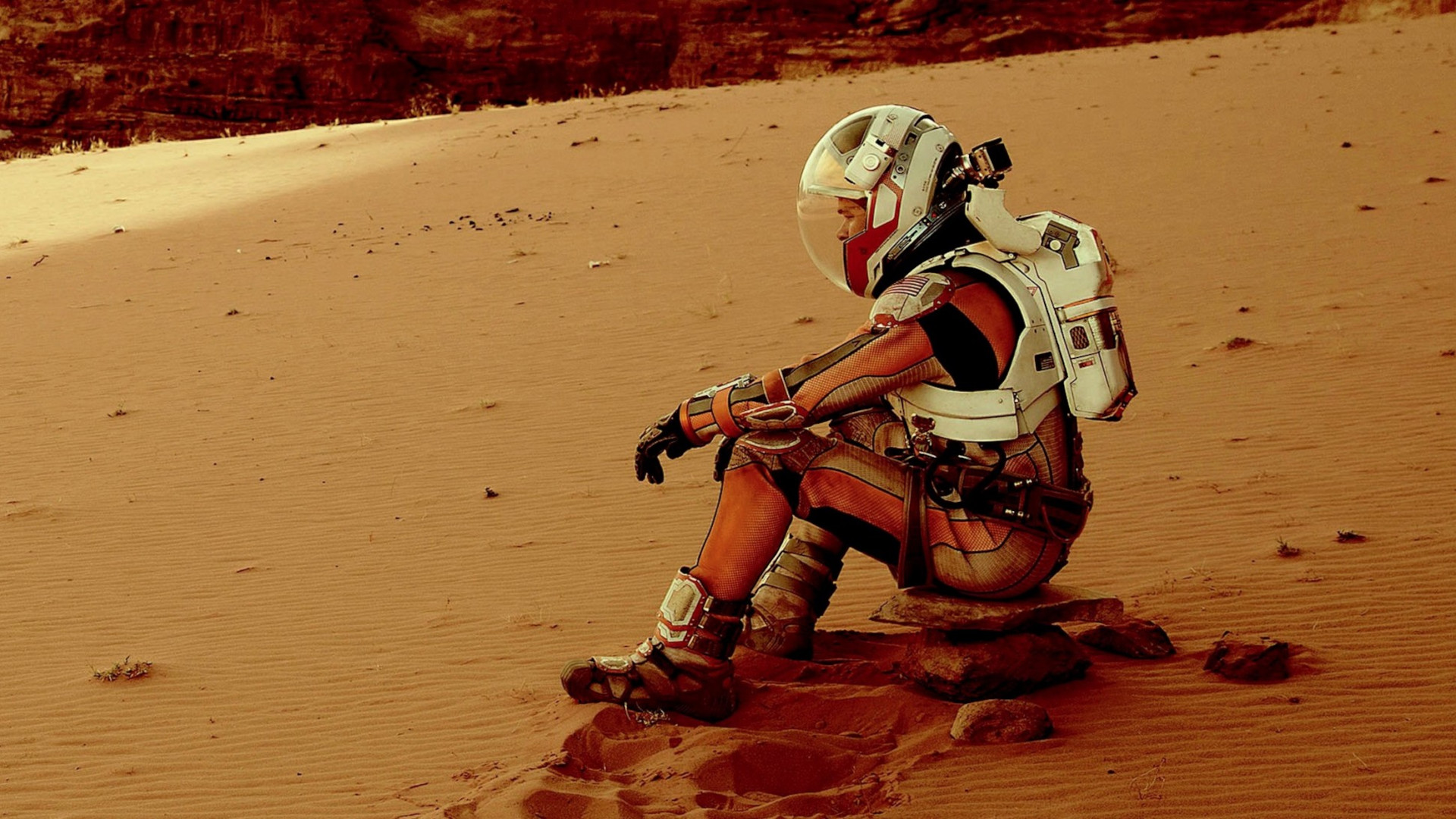
- Release date: October 2, 2015
- Director: Ridley Scott
- Cast: Matt Damon, Jessica Chastain, and Kristen Wiig
Declared as the most realistic space movie ever made by this very website, The Martian succeeds by combining the wider considerations of space travel as seen in Interstellar with the nuts and bolts of immediate problem solving that drove Apollo 13. The best of both worlds, you might say.
Based on Andy Weir’s novel and set in the year 2035, the film stars Matt Damon as Mark Watney, a botanist left stranded on Mars after an accident during a manned research mission to the red planet. Straight away, the scientific ramifications of his predicament are made clear: even if his colleagues already on their way home knew he was still alive, it would take months for them to turn around. The next manned mission isn’t for another four years and will land 2,000 km from his location. Whatever happens, he’s living alone on an alien world for the foreseeable future.
Everything from how Earth discovers Watney is still alive, to the practicalities of mounting a rescue mission almost 400 million miles away, to the day-to-day question of how Watney will eat, breathe, and live is founded in science. The film is therefore basically a series of dramatized experiments, covering the core disciplines of physics, biology, and chemistry, with one man’s life in the balance. Throughout it all, scientists are the main characters, a diverse and rounded group that nimbly avoids all the usual nerd stereotypes.
The result is a thrilling and constantly entertaining movie that doesn’t just use science to advance the plot, but tells a story where the science is the plot. Such a thing is a rarity and should be cherished when it happens.
Join our Space Forums to keep talking space on the latest missions, night sky and more! And if you have a news tip, correction or comment, let us know at: community@space.com.
Get the Space.com Newsletter
Breaking space news, the latest updates on rocket launches, skywatching events and more!
